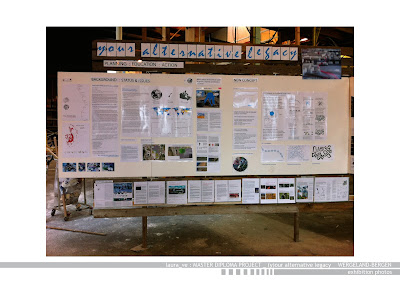How do we plan for future urban life, and develop a good background for future generations to live easier "green" lifes?
The 21st century will be characterized with big changes in style of life, the way we know it. Governments sign treaties and make regulations on how to lower our green gas emissions.
We will maybe not go short on oil and gas through the first 50 years, but regulations on emissions will make it difficult to continue in the same way as we have done this far.
And of course all the other aspects that is beginning to matter; like biodiversity over and under sea surface, eco systems supporting our lives, the impact we have on the planet.
This blog will investigate these issues, but focus on the ecological footprint of our lifestyle (because it includes the ethical aspects of the issues rather than the established economical aspects), instead of the measurement and trading of CO2, that is a more direct response to neglect.
The ecological footprint of the average Norwegian in 2008 was 6,8 gha (global hectars, according to
the Living Planet Report). Based on available bio capacity and world population the ideal eco-footprint is 1,8 gha.


So within city planning, decision making, education and choice of life we have some changing to do. This will start with spreading of information, learning from information,taking action, discussion, and inspiration.
Follow us!!
our+alternative+legacy-01.png)
































